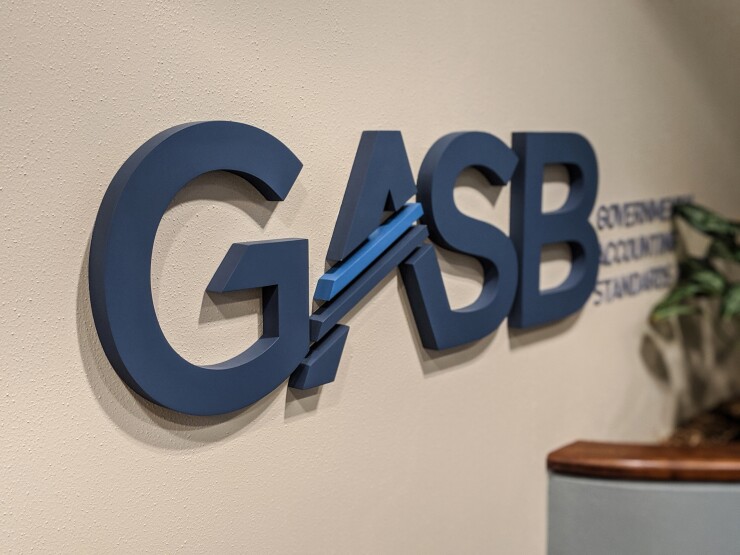On Thursday the Governmental Accounting Standards Board requested feedback via a
“We would like feedback from users of governmental financial statements on what information would have a meaningful effect (more than ‘nice to know’) on their analyses for decision making or assessment of a government’s accountability,” GASB asked in an email.
The deadline for completing the survey is May 17, 2024.
GASB
GASB is an independent, private-sector organization that establishes accounting and financial reporting standards for U.S. state and local governments that follow Generally Accepted Accounting Principles.
In March the board released an update on the project that the survey seeks to inform. The project description outlines several goals including setting standards that are more useful, comparable, and consistent across a wide variety of government types.
The board is also shooting for more relevance as measured against a government’s economic condition along with a better understanding of a given asset’s capacity to provide service over time.
The update contained a lengthy list of tentative decisions including the definition of what classifies as infrastructure. Roads, bridges, tunnels, drainage systems, water and sewer systems, dams, lighting systems, and communication networks are on the list.
Buildings come with a caveat. “Only buildings that are part of network of assets used to provide a particular type of public service should be considered infrastructure assets.”
GASB is also taking a long look at depreciation methods. Preliminary findings include “infrastructure assets should continue to be measured using the historical cost depreciation approach with an allowance for governments to elect to use preservation method.”
Costs incurred with preserving an asset appears to be generating good deal of discussion as the board lists tentative findings on the nuances of assessing the condition of the asset in question along with observations about replacement costs, and salvage value.
The project was originally announced last
“It will also evaluate whether additional information related to the maintenance and preservation of infrastructure assets should be presented in financial statements, and, if so, what information and where in the financial report that information should be provided.”
Per GASB’s research into the matter, “Many stakeholders shared their perspective on the value of information about capital assets in financial statements, difficulties in providing that information, and what additional information about capital assets is needed.”
Making things clearer is an ongoing effort at the GASB. In
